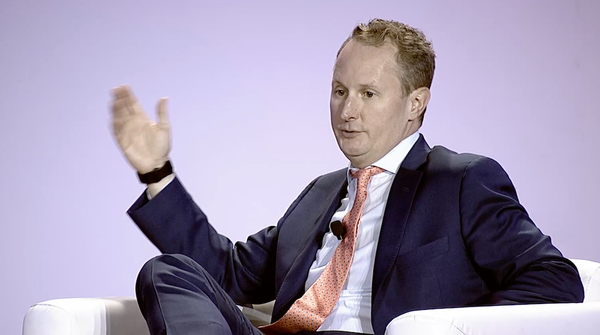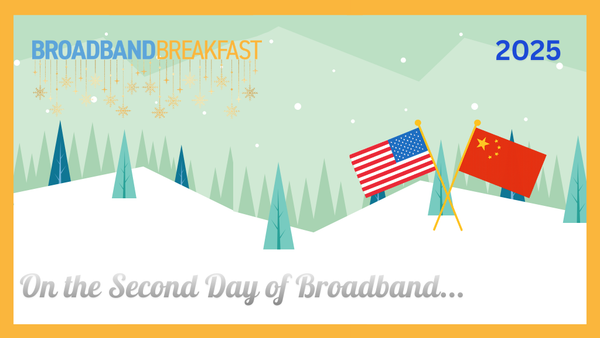Cisco Study Shows Wireless Data Use Rising Faster Than Expected
WASHINGTON, March 7, 2011 – A study to track and forecast trends in the global mobile network that was released by Cisco Systems last month shows that mobile internet traffic is rising faster than expected.
WASHINGTON, March 7, 2011 – A study to track and forecast trends in the global mobile network that was released by Cisco Systems last month shows that mobile internet traffic is rising faster than expected.
The white paper study, which was focused mobile video networking, showed strong data about the world mobile network as a whole. For example, mobile network data traffic almost tripled from 2009 to 2010. The data attributed most of the growth to smartphone adaptation worldwide. The average amount of traffic per smartphone in 2010 was 79 MB per month, up from 35 MB per month in 2009. The rise in the newly popular tablet format also made strong inroads to mobile data traffic with a healthy 405 MB per month.
Cisco also showed that overall data usage is spread more evenly across the market, with high-bandwidth users are accounting for a smaller percentage of the overall traffic. The study showed that the top 1 percent of mobile data subscribers generated more than 20 percent of mobile data traffic, down from 30 percent one year ago. Similarly, the top 10 percent of mobile data subscribers now generate approximately 60 percent of mobile data traffic, down from 70 percent at the beginning of the year. The Cisco survey also showed 40 percent of smartphone Internet use takes place in the home, 25 percent at work, and the rest occurs in transit.
Cisco also indicates that smartphone adoption is growing faster than predicted.
“We expected that the smartphone installed base would increase 22 percent in 2010,” said the study, “but Informa Telecoms and Media data indicates that the number of smartphones in use grew by 32 percent during the year.”
Cisco predicts that by 2015 the average smartphone user will generate 1.3 GB of traffic per month, or more than 16 times the current average use. The study also projected 788 million Internet users who rely solely on the mobile internet by the same time. Cisco cited a recent survey by Ofcom – Great Britain’s telecom regulator – which indicates that the percentage of Internet users who have “gone wireless” and substituted wireless broadband for traditional wired broadband is 6 percent in the United Kingdom, 11 percent in Germany, and 13 percent in Italy. These users generate much more traffic than users who use mobile broadband in tandem with a wired network.
If current trends continue, millions of people around the world will have cell phones but no electricity at home and by 2015 a majority in the Middle East and Southeast Asia will live “off-grid, on-net.”
The whitepaper also included a case study of the impact of tiered pricing on data usage on mobile networks. These plans either slow users’ connections or cut them all together after they reach a certain data limit. The case study was based on the months immediately preceding and following the implementation of tiered pricing and found tiered pricing schemes did not immediately affect the growth in mobile traffic. Three months after the introduction of tiered pricing, 20 percent of smartphone users were on tiered plans, but traffic growth continued at the same rate compared to growth rates in the 6 prior months.










Member discussion